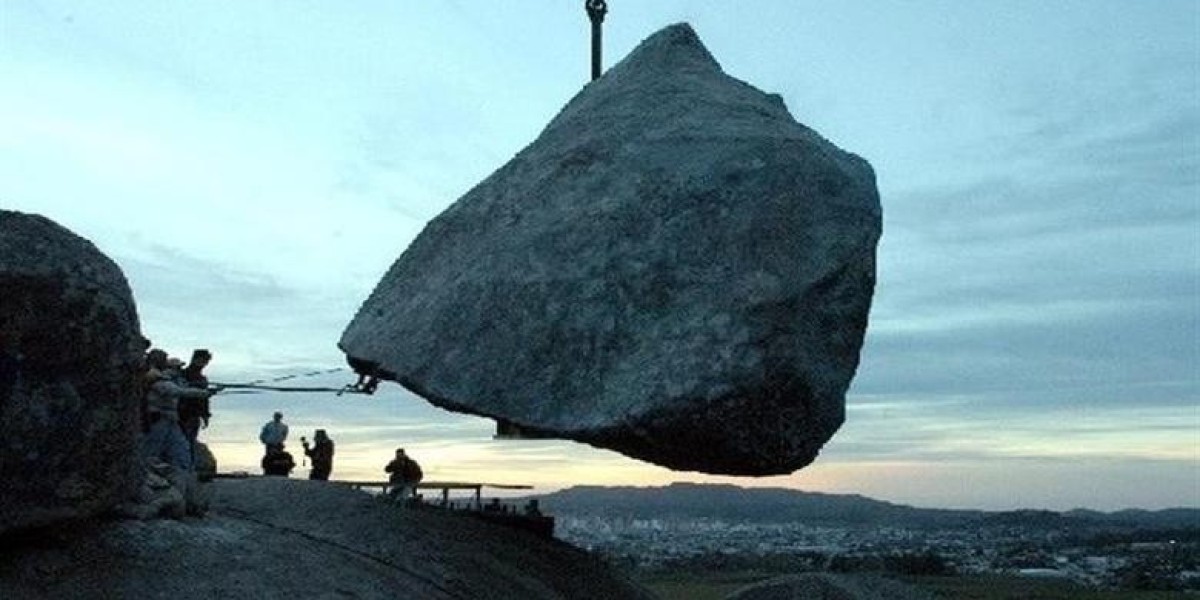Article image : Copyright: © Justin Jin / WWF France - souce: nathab.com (Link)
The Baobab Tree: Africa’s Timeless Giant of Life, Legend, and Resilience
13 Fascinating Facts About Baobab Trees - youtube
Introduction: A Tree Like No Other
Few trees capture the imagination as powerfully as the baobab. Rising from the African savanna with swollen trunks and root-like branches stretching toward the sky, it is often described as otherworldly. For millions of years, the baobab has shaped landscapes, nourished communities, and inspired myths. Today it remains one of nature’s great survivors—yet also one of the world’s most vulnerable giants.
advertisement
A Botanical Marvel
Scientifically known as Adansonia digitata, the baobab belongs to the Malvaceae family and can reach impressive dimensions.
Some sources note that baobabs grow up to around 25–30 meters (82–98 ft) tall with enormous trunk circumferences of over 40 meters (131 ft), while others highlight that in the most massive cases they may reach 100 feet tall with circumferences approaching 165 feet. These differences likely stem from regional variations and measurements across different species.
Its lifespan is equally remarkable—some trees are believed to be over 2,000 to 6,000 years old, depending on the scientific method or cultural belief. Baobabs do not form rings like typical trees, so scientists rely on radiocarbon dating to estimate age.
Master of Survival
Baobabs are often called “the Tree of Life” for a reason. Their spongy trunks can store extraordinary amounts of water—up to 120,000 liters—allowing them to endure long months of drought. This adaptation makes them essential not only for their own survival but also for wildlife such as elephants, which may break open the bark during dry seasons.
Their thick bark also protects them from fire, and their ability to regenerate new bark even after damage is one of the reasons they are considered among the most resilient trees on Earth.
An Inverted Icon: The Upside-Down Tree
The baobab’s silhouette is unmistakable. Its branches resemble roots reaching skyward, giving rise to the nickname “upside-down tree.”
Different traditions explain this unique appearance:
Some African legends say the gods became angry with the baobab and replanted it upside down.
Others tell of a hyena that thrust the tree into the ground in frustration.
Regardless of the story, the tree’s strange form has inspired generations of storytellers across Africa.
A Global Family of Giants
There are nine known species of baobabs:
Two in mainland Africa
Six in Madagascar
One in Australia, known locally as the boab
Although their shapes vary, all share similar survival strategies and cultural significance in the regions where they grow.
The Baobab in Culture and Spirituality
Across Africa, baobabs are not just trees—they are sacred entities.
They appear in stories, ceremonies, and spiritual practices:
In Madagascar, some communities believe spirits reside inside baobabs.
In Senegal, baobabs are linked to ancestors and are sometimes associated with burial traditions.
In Zimbabwe, certain trees are considered places of magical protection or worship.
Some traditions even view baobabs as bridges between the earthly and spiritual realms, a place where ancestors guide and protect future generations.
The stories also include mythical individuals trees, such as Zambia’s Kondanamwali—the tree said to have “swallowed” four maidens—and the grand Avenue of the Baobabs in Madagascar, now a national natural monument.
A Tree of Endless Uses
Nearly every part of the baobab is useful:
Fruit: Rich in vitamin C, antioxidants, and minerals—eaten raw, turned into juice, or used in health products.
Leaves: Used in soups, sauces, and traditional medicine; high in iron, potassium, and magnesium.
Seeds: Pressed into oil used for skincare and cooking.
Bark: Transformed into rope, mats, baskets, cloth, and even musical instrument strings.
Wood: Though soft, it is used for crafting small items.
Some communities even mix baobab pollen with water to create a natural adhesive.
The Baobab Ecosystem
Baobabs function as keystone species—supporting countless life forms.
Fruit bats pollinate their night-blooming flowers.
Baboons, monkeys, and antelopes feed on the fruit and leaves.
Birds nest inside their hollows.
Insects, small mammals, and reptiles find refuge in their trunks.
As baobabs age, their trunks often become hollow, forming natural shelters that house entire micro-ecosystems.
Threats to a Living Monument
Despite their strength, baobabs face serious threats:
Climate Change
Rising temperatures, erratic rainfall, lightning storms, and long droughts have led to the mysterious deaths of some of Africa’s oldest baobabs. Elephants may cause severe damage during droughts as they dig into trees for water.
Deforestation
In Madagascar—home to most baobab species—large areas of forest have been lost to agriculture and logging.
Agricultural Pressure
Farm expansion and soil erosion threaten species such as Grandidier’s baobab, which requires stable forest ecosystems to regenerate.
Conservation groups emphasize the need for replanting efforts, protection of wildlife corridors, and sustainable agriculture programs to protect these giants.
Growing and Caring for Baobabs
For those who cultivate baobabs:
They prefer well-draining, sandy soils.
Young trees need regular watering, but mature ones are drought-tolerant.
They cannot tolerate frost and require warm climates.
Seeds should be soaked before planting; germination may take several weeks.
Growth is slow—patience is essential.
Conclusion: The Spirit of Resilience
The baobab stands as more than a biological wonder—it is a memory keeper, a provider, and a silent witness to human history. Its presence reminds us that survival is not just about strength, but about adaptation, interdependence, and respect for nature’s ancient wisdom.
Protecting baobabs means preserving stories, ecosystems, cultural identities, and the fragile balance of life in the world’s dry landscapes. If we choose wisely today, future generations may stand beneath these giants and feel the same sense of awe, connection, and inspiration that people have felt for thousands of years.
Sources
https://www.nathab.com/blog/the-baobab-tree-an-african-icon-and-longtime-legend
https://africafevers.com/facts-about-africas-famous-baobab-trees/
Thank you !








